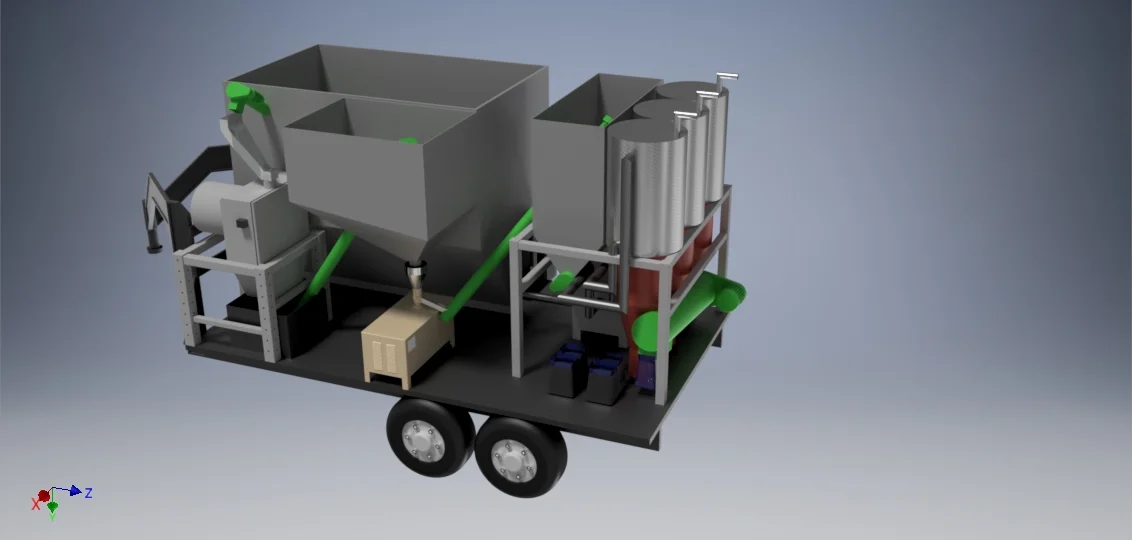What is Bioenergy + Carbon Capture & Sequestration (BeCCS)?
Bioenergy typically refers to converting the energy captured by plants through photosynthesis and converting this into energy usable in human systems. Most BECCS systems are intended to use biomass—vegetative material that is either grown for this purpose or is a waste byproduct of other agricultural operations e.g. crop wastes, construction wood waste etc—to generate energy. This is typically done through burning the biomass and generating electricity with the steam generated by this combustion.
The premise of most BeCCS systems is the assertion that the carbon released from this burning process can be immediately captured and then pumped into some sort of huge long-term storage site to that it would not be released into the atmosphere. The only spaces big enough to receive these huge volumes of greenhouse gases would have to be subterranean caverns.
The stretches of logic that this implies are obvious:
Photo of an industrial scale Bioenergy + Carbon Capture & Storage plant.
• How large a site would be required to store the waste emissions from plants of sufficient size to be generating large quantities of energy?
• How many such sites with huge subterranean spaces are co-located to large volumes of biomass?
• How can this storage be made secure enough to insure that this gas can be kept from escaping for 50+ years?
These and many others surround most BeCCS approaches—none of which has yet been demonstrated economic or technical viability.
In contrast, Trollworks has developed a much more adaptive and scalable bioenergy + carbon capture and sequestration that can offer 10X multipliers of benefit and economic viability to these conventional industrial scale approaches. The important differentiators of this approach are described below.
Trollworks modular and scalable BECCS system.


